"I know the tactics of European governments when they wish to acquire possession of oriental states. They first send missionaries then Consuls to support the missionaries then armies to support the Consuls. I am not a Rajah of Hindustan to be hambugged in that fashion. I prefer having at once to do with the armies." - Ethiopian Emperor Tewodros II.Ethiopia holds a special place among African nations. This ancient country has a strong history of statehood, it has adopted Orthodox Christianity (which is rare for the African continent), and has retained its individuality to this day. One of the particular features of Ethiopia is that it persistently - and successfully - fought against European attempts to colonize it. In fact, Ethiopia is one of only three African countries (along with Liberia and Egypt, although the latter was under the British protectorate) never to have been colonized.
At the end of the 19th century, the army of the Ethiopian Negus (ruler) pulled off an amazing feat. It defeated a full-fledged European army in battle, and successfully prevented Europe's attempt to forcefully impose its will on Ethiopia.
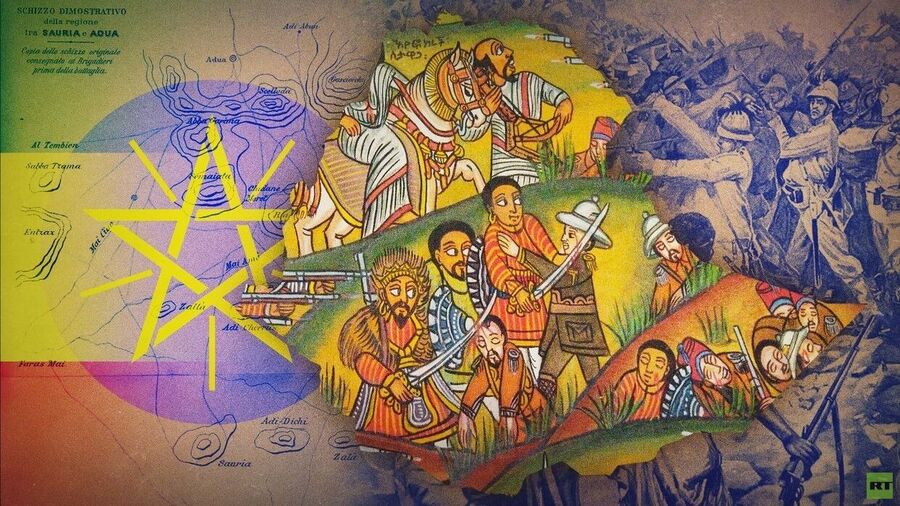
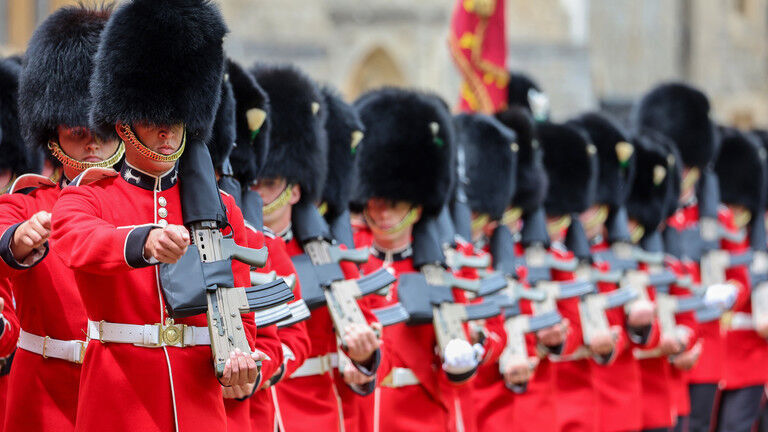
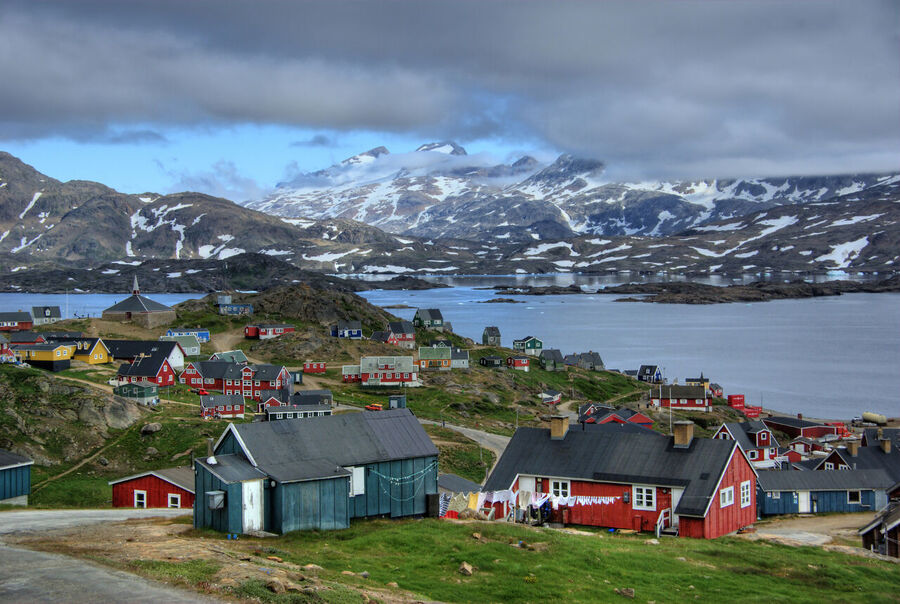
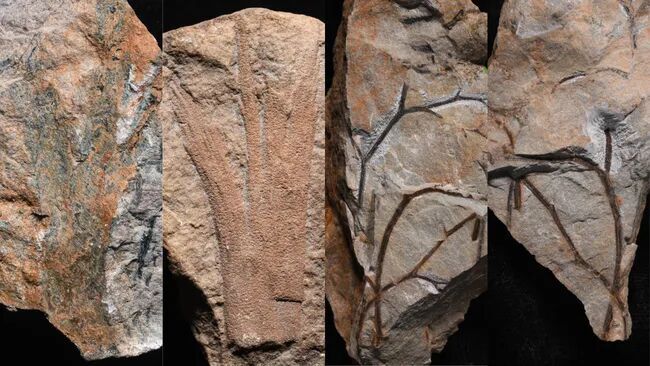
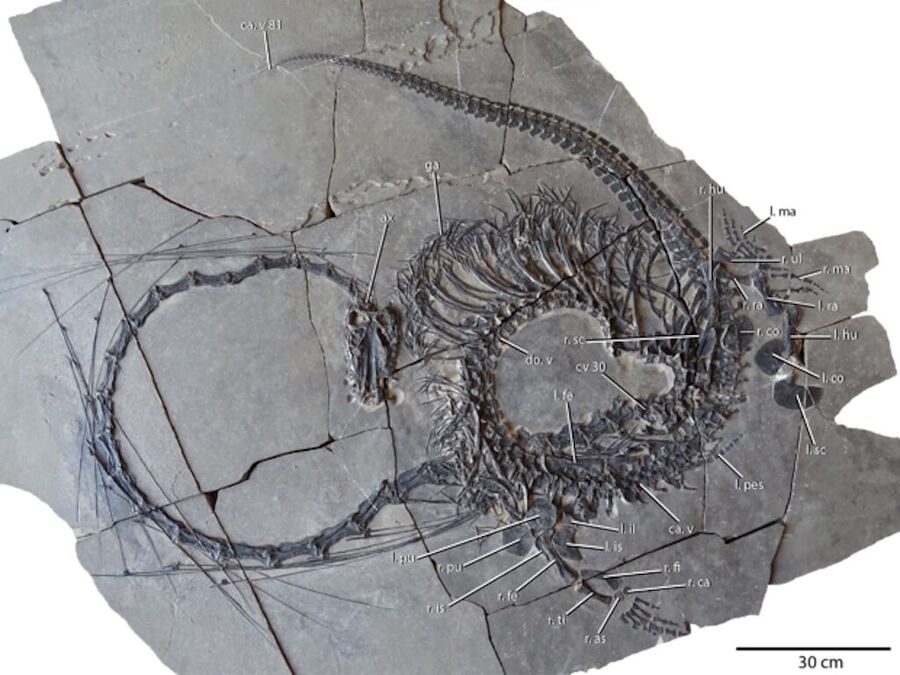
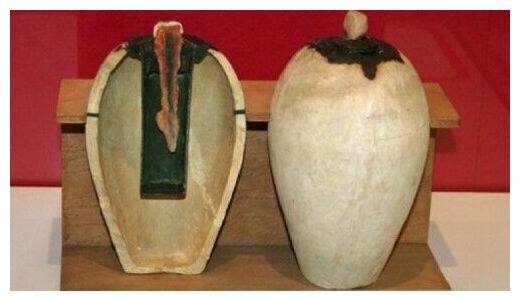
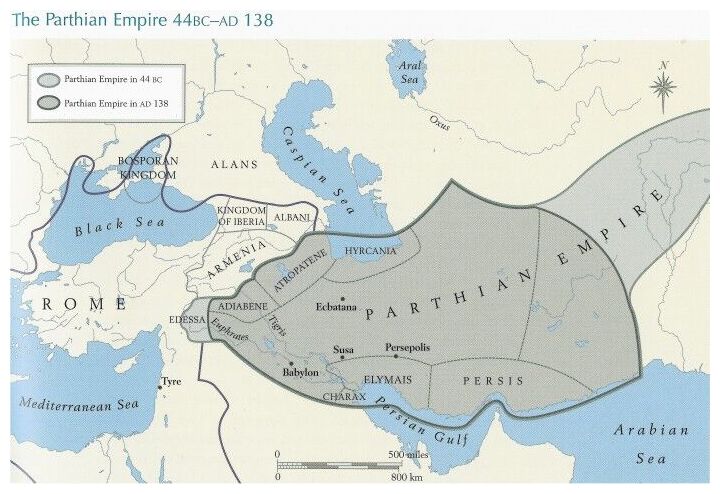
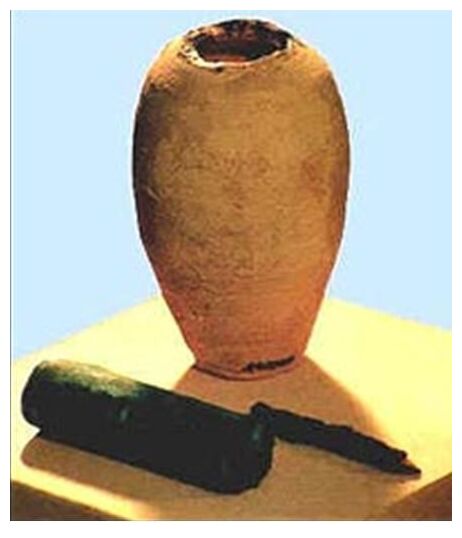
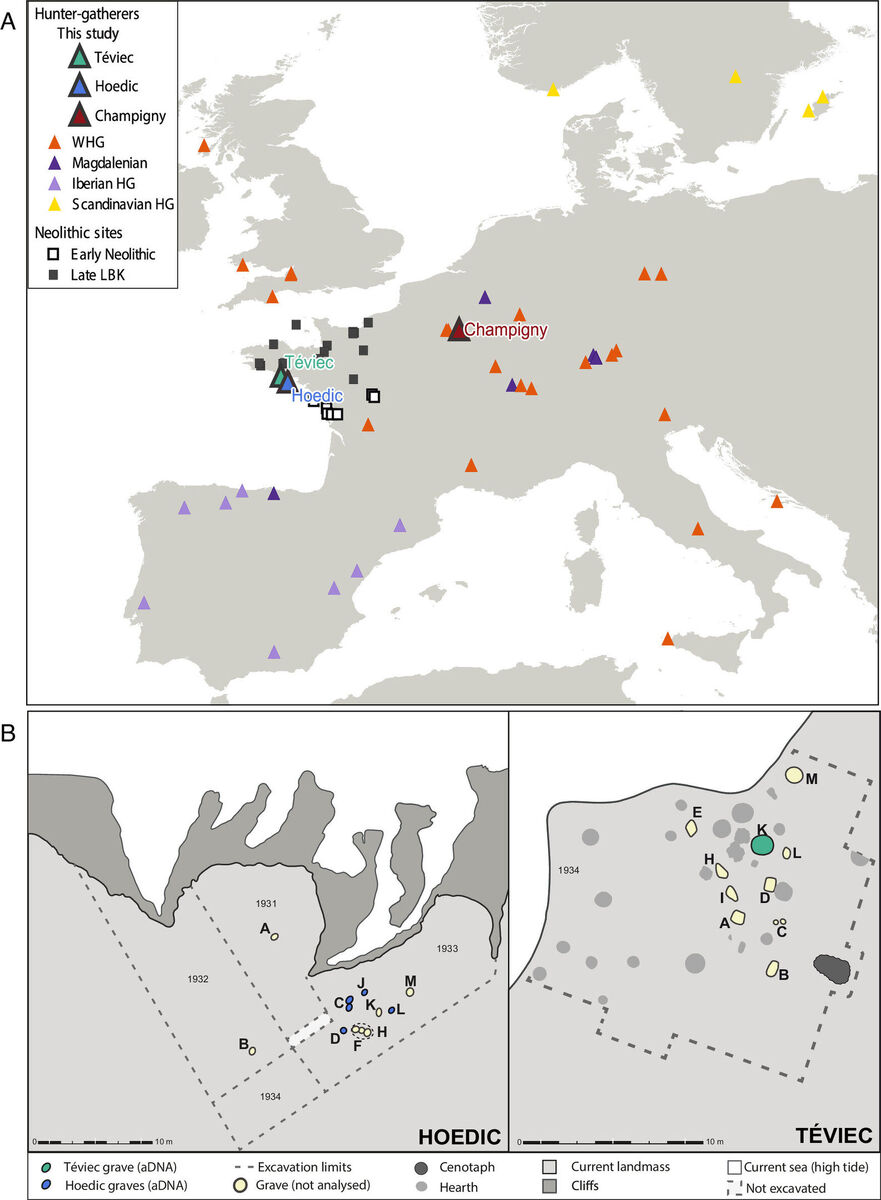
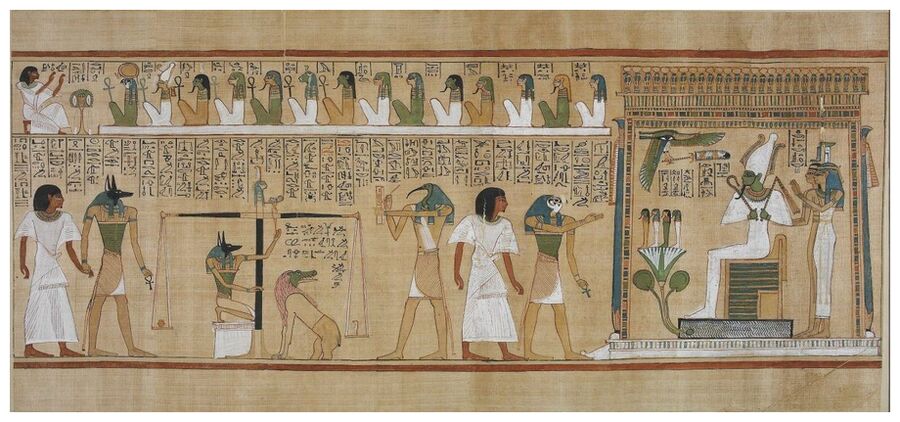
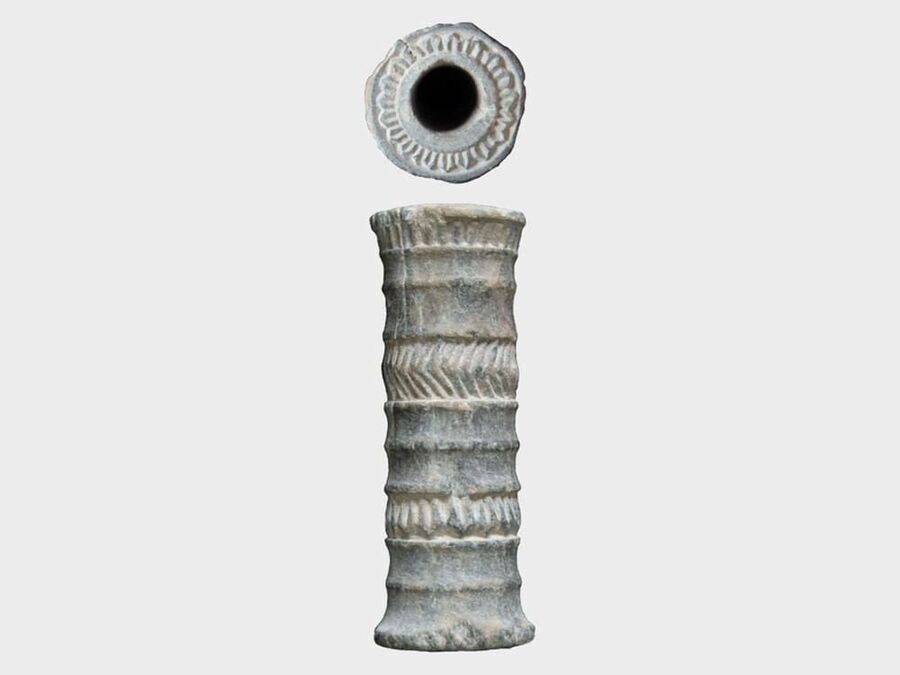
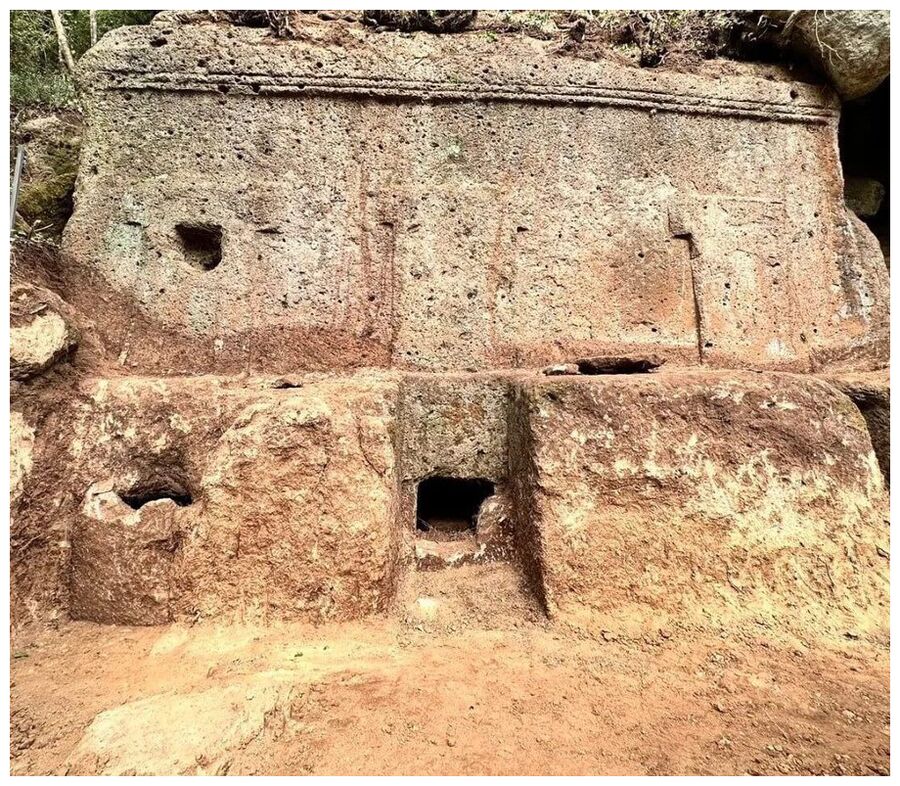

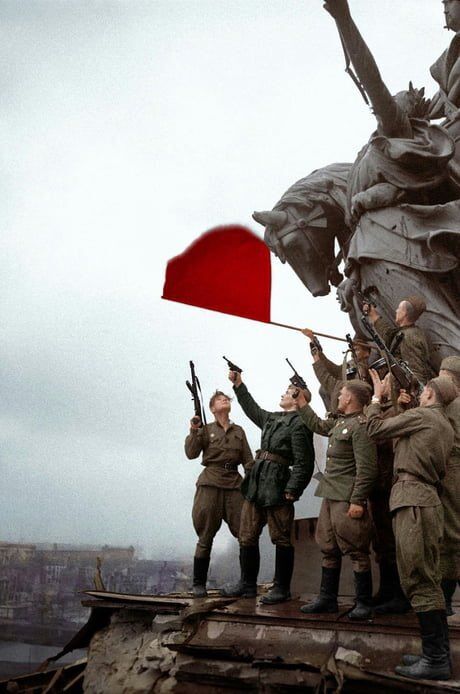

Comment: There are many other articles on the same topic of Russophobia, as the links below will show, but when the book by Sergey Ivanov was titled 'Nazi genocide of the people of the USSR' it could refer to the 20-27 million Soviet citizens who lost their lives as a result of the WWII.
Russophobia: History of Hate | RT Documentary
The Long Roots of Our Russophobia The UK
We've been here before: British Russophobia propaganda comes full circle Russophobia, obsession of the UK elite
Top British spook comes out of the shadows to further push Russophobia onto Western citizens
Alert: England has contagious Russophobia
Boris Johnson derailed Ukraine peace deal - key Zelensky ally
The US
A Genealogy of American Russophobia
The psychological reasons for Russophobia in the US
Lavrov: Obama-initiated Russophobia campaign hangs on in US
Russophobia narrative will continue because 'everyone is afraid of the Deep State'